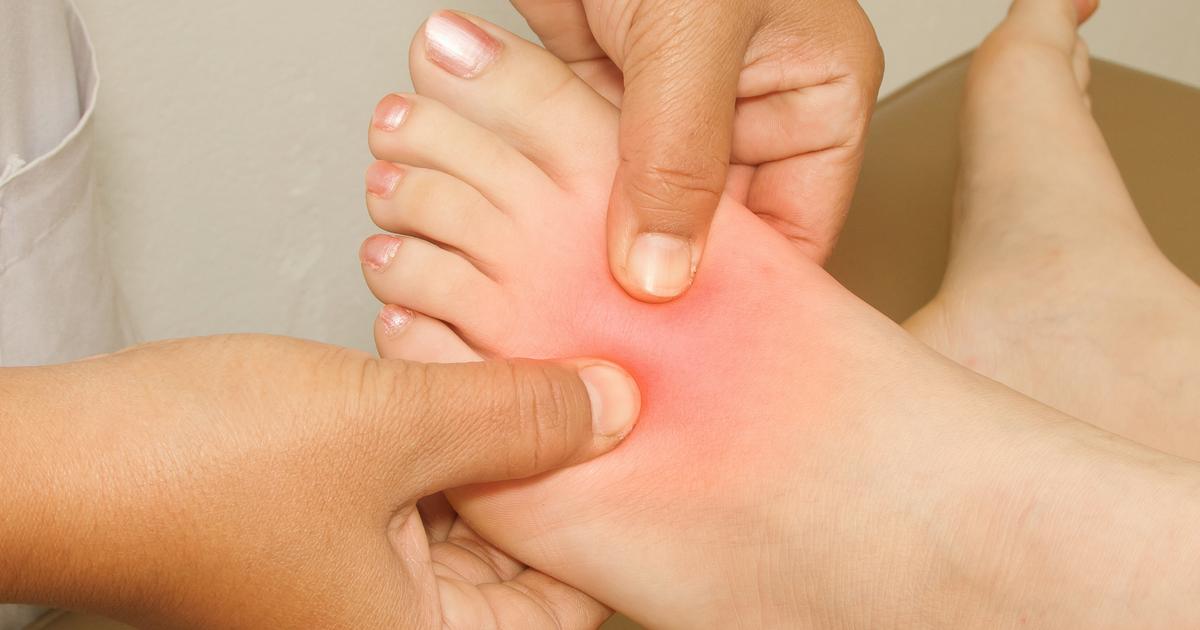Guide To The Causes And Risk Factors Of Hammertoe
Hammertoe is a deformity that affects certain joints in an individual's toes. The deformity is considered a contracture or bending deformity that puts excessive pressure on the individual's affected toes when they are wearing footwear. This deformity most commonly affects the second, third, fourth, and or fifth toes, and can occur with one or both of the toe joints. Most cases of hammertoe begin as an insignificant mild deformity that progressively worsens as time goes on. There are two classifications for a hammertoe. A flexible hammertoe is characterized by a toe that can still be moved at the joint. A rigid hammertoe is characterized by a toe with rigid ligaments that displace the joint from its alignment and prevents movement. A physical examination and imaging tests like x-rays can be used by a physician to diagnose a hammertoe.
There are numerous ways a hammertoe can be caused and some factors can increase the risk of developing it. Learn about them now.
Injury To The Toes
A common cause of hammertoe formation is when an individual sustains an injury to their toes. The bones in an individual's toe can break or fracture from an injury. A toe can become jammed or stubbed in the joints as the result of an injury. The components of the toe that include tendons, muscles, and ligaments all work concurrently to straighten and bend an individual's toes. When there is a weakness in one of these components due to an injury, individuals may have trouble straightening or bending their toe. Should the injured toe with a weak ligament, muscle, or tendon stay in a bent position for some time, the muscles around it become increasingly stiff and tight. This mechanism results in an inability of the individual to be able to straighten out the toe from structural or neurological changes that have taken place in the toes. A hammertoe can develop quickly following an injury, or it can be a process that occurs as a result of the initial trauma over an extended period.
Read more about the risk factors and causes linked to hammertoe now.
Improperly Fitting Shoes

Improperly fitting shoes can cause an individual to develop hammertoe. Shoes are designed so an individual's foot can fit inside but still allow enough room for their toes to be fully stretched out. While this is how footwear should fit and be worn, many individuals do not adhere to this. Other mechanisms can stop the toes from being able to fully flex within a shoe, such as shoes that are too narrow. Shoes that are too short to fit on an individual's foot can also cause the toes to be placed into a flexed position when they are worn. Any characteristic of a particular shoe an individual wears repeatedly or on a regular basis that causes their toes to be stuck in a flexed position or puts severe pressure on the toes for some time can cause hammertoe to develop. Women are far more likely to develop hammertoe from this cause. Shoes with a heel that raise the foot higher than two inches in the back are known to place excessive amounts of pressure on the toes. Many heels have a pointy front that is too narrow for the toes to flex inside of properly. Any improperly fitting shoes worn over and over again can be a cause of hammertoe.
Learn more about what causes and increases the risk of hammertoe now.
